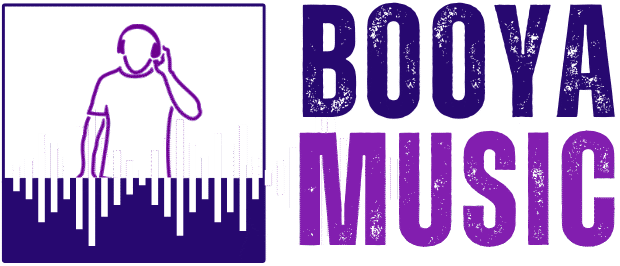Music is a universal language that transcends all cultures, but certain types of music are more prevalent than others. Depending on where you go in the world, you’ll hear the different things people listen to. Music can be a powerful tool to bring people together. Whether you’re a music fanatic or simply want to learn how to dance, music is another way to get immersed in the culture of a place.
Traditional music
Music is more than just a sound; it is an emotive force that touches us in unexpected ways. While we may not consider ourselves traditional music lovers, we all enjoy listening to songs that evoke feelings of happiness, sadness, and everything in between. There is something magical about a song that can evoke feelings and transport us to another place.
Traditional music or folk encompasses music from different cultures around the world and spans many genres. Ireland is known for traditional music, which includes such instruments as the fiddle, tin whistle, bodhran (drum), and Irish harp. While traditional music often includes instruments, it also includes songs. Traditional music is often passed down through generations and is integral to Irish culture, along with many other cultures of which traditional music is a deep-rooted aspect.
Hip-hop
Hip-hop music, also known as hip-hop, is an expressive art form that originated in the New York borough of Brooklyn. Hip hop began in the 1970s as an urban response to Motown and R&B and is considered to have originated in the Bronx. The genre has influenced music and popular culture worldwide and, over time, has contributed to several artistic expressions, most notably in the areas of breakdancing, graffiti art, and sampling.
Hip Hop is a genre of music with roots in African tribal music, funk, blues, jazz, and soul. In the late 1970s and early 1980s, African American music artists began to combine these musical elements with sampling techniques, breakbeats, rapping, and DJing. Rap, a style of poetry using rhythmic syntax and chanted vocals for performing, became a driving force in the genre.
Metal
Metal music has been growing in popularity for the last decade or two. While some attribute its rising popularity to mainstream influences like Pop music and Hip Hop, many in the metal community feel that the popularity is due to metal’s underlying themes that share similarities with Hip Hop and Pop. So, what is metal? Or rather, what isn’t metal?
Metal music is a genre of rock music that originated in the United States in the late 1960s and is commonly associated with alternative rock and hard rock. The genre is characterized by loud, distorted electric guitars and drums, along with a “thunderous” low-register bassline and distorted vocals. Unlike punk rock and other forms of punk rock, heavy metal is essentially adult-oriented music.
Jazz
Jazz is music with a rich history, low-down and dirty roots, and a bright future. Jazz music has been performed by musicians ever since the 1600s. Still, it wasn’t until the early 1900s that the term “jazz music” was coined to describe American musicians who played ragtime, mazurka, and blues and blended them with other musical styles. This blending of styles is what truly made jazz music. What constitutes jazz music today? Well, that’s hard to say.
Jazz music has roots in African-American music, and it’s often been described as America’s classical music. Today, both established and up-and-coming jazz performers can be found in concert halls, jazz clubs, and recording studios.
Indie rock
Indie rock is a genre of rock music that originated in the United States during the mid-to-late 1970s. The term indie is sometimes used to differentiate it from mainstream popular music, while indie music is sometimes defined as a form of alternative music. Indie rock often features instrumentation from indie rock bands, solo artists with no band affiliation, or folk musicians and often contains lyrics that are frequently partially or entirely nonsensical. Indie rock music is music made independently without a record label.
The advent of the internet has made it easier for independent artists to promote their music and connect with their fans. Indie rock is an offshoot of 1960s counterculture, often characterized by themes of love and freedom. Some indie bands incorporate influences from alternative rock and heavy metal music. Indie rock bands use a variety of instruments, including drums, guitars, bass, keyboards, and synthesizers.
